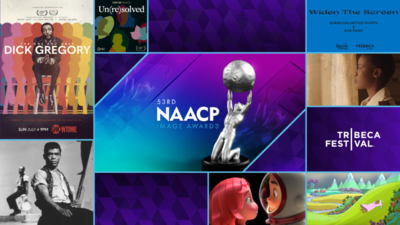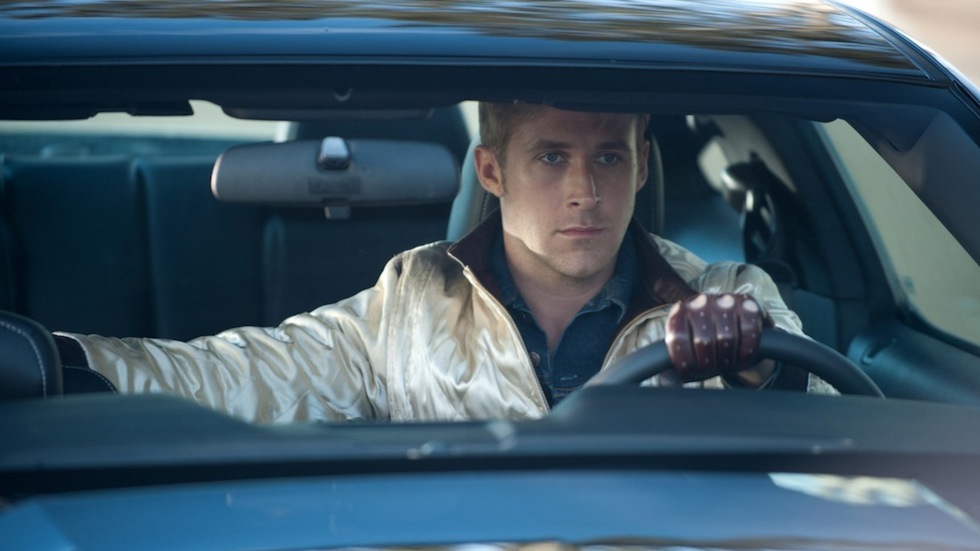
BY ZACHARY WIGON |
Racking Focus: How Theater Chains and VOD Can Happily Co-Exist
If VOD really is the next big thing, theater chains will have to accept it. Here's a way they just might.

Reading a helpful, comprehensive article earlier today on Indiewire about the future of VOD, I found myself thinking about the emerging VOD apparatus, which is less one cohesive structure than an amalgam of competing ideas. As that article notes, "VOD" is a broad term that encompasses many different kinds of distribution platforms - pay-for-titles systems (like iTunes), pay-for-services systems (like Netflix), and free systems that come with advertisements.
Ruminating on the inefficiencies in the VOD market - and any emerging market is sure to have plenty of un-worked-out kinks - I hit upon an inefficiency that seems particularly foolish. Large theater chains, like Bow Tie or Regal, refuse to screen day and date releases (films that come out on VOD the same day they are released theatrically), claiming (understandably) that VOD undercuts their revenue. This puts mid-size distributors in a position where they're forced to make an all-encompassing choice between proceeding with a VOD rollout against a purely theatrical rollout.
This is a shame, because many mid-sized distributors - companies whose releases peak in, say, 500 theaters (as opposed to the 3k theaters studios release upon) - are putting out movies that could hold their own in a mainstream multiplex in the right metropolitan area, while not necessarily being suited for a comprehensive national rollout.
What if theaters were willing to program films as long as they weren't available on VOD in their area?
An arty action film, like, say, Drive (which was distributed by Film District) is a good example. Here's the inefficiency: if Drive had been distributed day and date, large theater chains wouldn't have programmed it. But there were plenty of parts of the country Drive's theatrical release didn't make it to. What if the theaters could be convinced to change their business model slightly? What if they were willing to program films as long as they weren't available on VOD in their area? It's illogical and inefficient for Regal to be unwilling to program Drive in their theaters in New York if the film is only available on VOD in, say, the Midwest and the South. Someone in a VOD-only zone might watch the film, dig it, and recommend it to their friend in, say, New York.
In this scenario, cable providers, distributors and theater owners would work together to make films available over VOD (and in smaller theaters) in some parts of the country, while they could play in bigger theaters in other parts, all at the same time. Nearly everyone in the country would have the opportunity to see the movie.
This distribution idea might incur some wrath from cable subscribers unable to stand the thought that someone in a different part of the country paying the same rate for the same cable package has more films available to them, but perhaps rates could be reduced slightly in some pro-rata scheme (or not - after all, cable subscribers seem to be willing to put up with nearly anything).
The logistical details of this proposal couldn't realistically be worked out in the space of this column, but the idea is clear: there's no need for films that won't make it all over the country to be excluded from all national theater chain theaters if their VOD releases will only affect some. Movie watching boosts movie watching, and the theaters should be working with distributors to maximize the share of cultural leisure time that filmgoing takes up.

